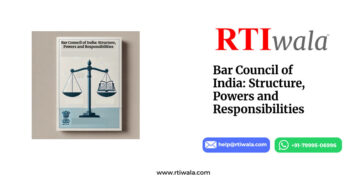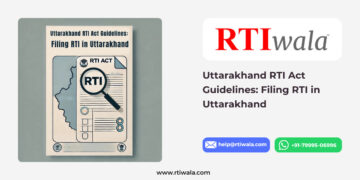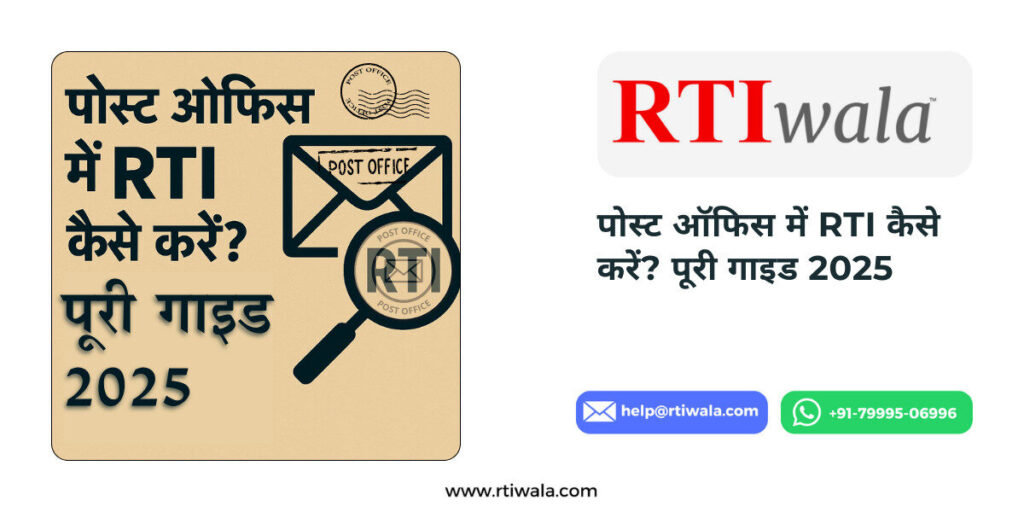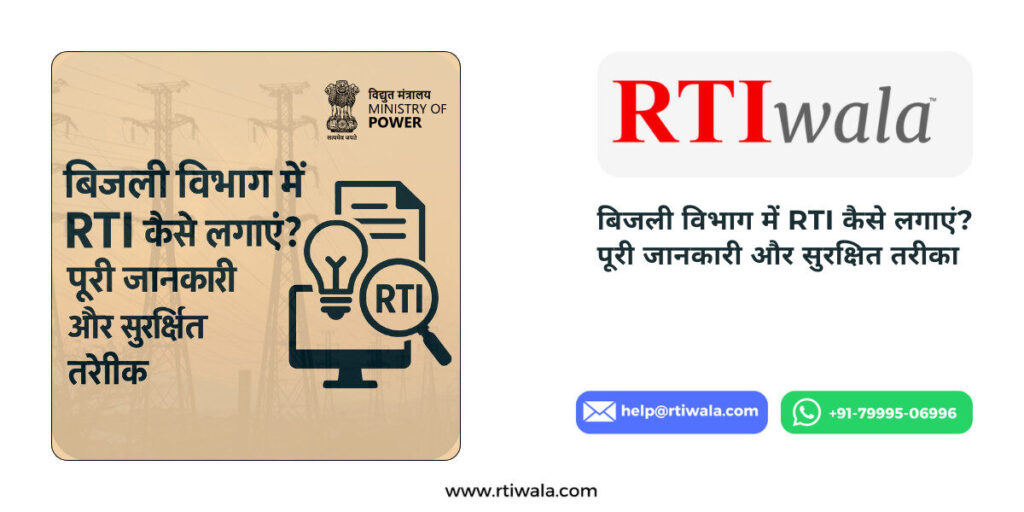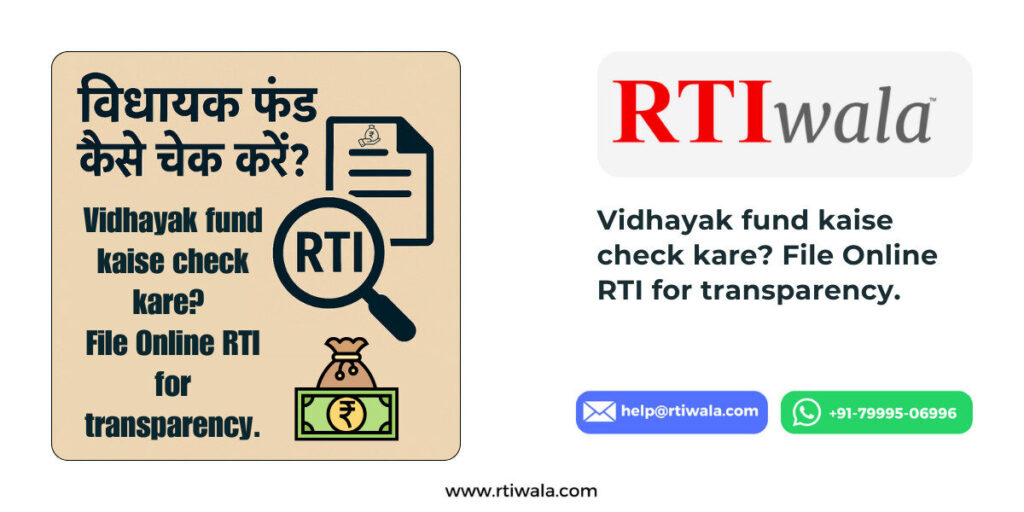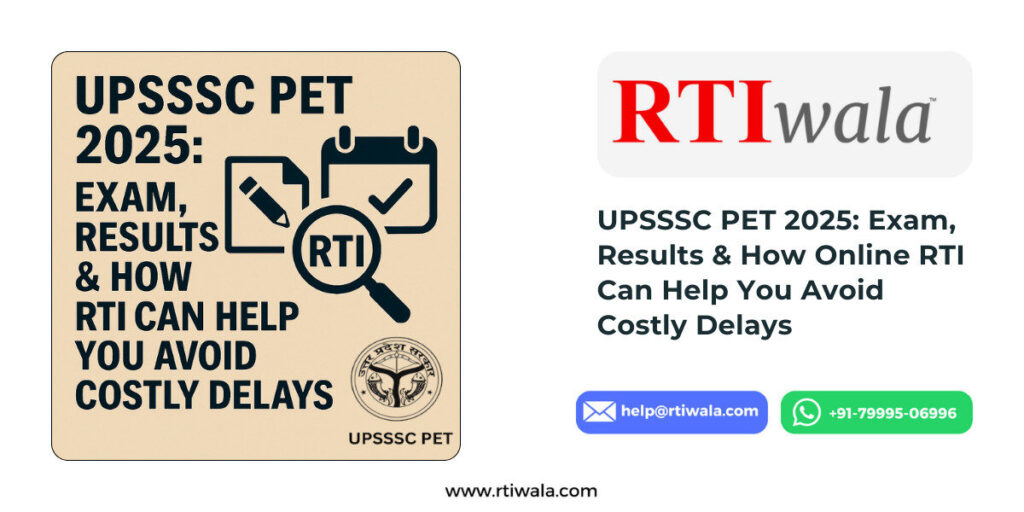Introduction
The Jalayagnam Project is a landmark irrigation initiative by the Government of Andhra Pradesh, aimed at addressing the state’s water scarcity challenges and boosting agricultural productivity. Launched in the early 2000s, the project encompasses the construction of irrigation facilities, reservoirs, and water distribution systems to ensure equitable and sustainable water access for farmers and communities.
This article delves into the objectives, features, and significance of the Jalayagnam Project, highlighting its transformative impact on Andhra Pradesh’s agriculture and rural economy.
Objectives of the Jalayagnam Project
- Ensure Adequate Irrigation:
- Expand irrigation facilities to previously rain-dependent regions, reducing crop failure risks.
- Promote Agricultural Growth:
- Support farmers by ensuring a consistent water supply, increasing crop yields, and enhancing rural livelihoods.
- Harness Water Resources:
- Efficiently utilize the water from major rivers like the Krishna, Godavari, and Penna to maximize their irrigation potential.
- Flood Control:
- Mitigate flooding risks through reservoirs and water management systems.
- Sustainable Water Management:
- Develop long-term solutions for water conservation and resource distribution.
Key Features of the Jalayagnam Project
1. Large-Scale Irrigation Infrastructure
- Construction of dams, canals, reservoirs, and lift irrigation systems across the state.
- Major projects under Jalayagnam include Polavaram, Pattiseema Lift Irrigation Scheme, and Handri-Neeva Sujala Sravanthi Project.
2. Interlinking of Rivers
- Connects major rivers such as the Krishna and Godavari to optimize water usage and prevent surplus water wastage into the sea.
3. Targeted Coverage
- Focuses on drought-prone regions and upland areas to bring more arable land under irrigation.
4. Multi-Purpose Utility
- Provides water for agriculture, drinking purposes, and industrial needs, fostering overall development.
5. Capacity Building
- Involves local communities in water resource management to ensure sustainable practices.
Projects Under Jalayagnam
1. Polavaram Project
- A multipurpose irrigation project on the Godavari River that provides water for agriculture, drinking, and power generation.
- Envisions irrigating 2.91 lakh hectares of farmland and supplying drinking water to 540 villages.
2. Handri-Neeva Sujala Sravanthi
- A lift irrigation project to supply water to the drought-prone Rayalaseema region.
- Benefits over 6 lakh hectares of farmland.
3. Pattiseema Lift Irrigation Scheme
- Connects the Godavari and Krishna rivers to transfer surplus water from the Godavari basin to the Krishna basin.
4. Thotapalli Barrage Project
- Provides irrigation to upland areas in the Vizianagaram and Srikakulam districts.
5. Vamsadhara and Nagavali Projects
- Focus on providing irrigation to tribal and underdeveloped areas in northern Andhra Pradesh.
Benefits of the Jalayagnam Project
- Agricultural Productivity:
- Brought over 50 lakh hectares of additional farmland under assured irrigation, significantly boosting crop yields.
- Rural Development:
- Improved access to water resources has enhanced the standard of living in rural areas, reducing migration to urban centers.
- Flood Mitigation:
- Dams and reservoirs help control floods, protecting lives and properties.
- Drinking Water Supply:
- Ensures safe drinking water for millions, addressing water scarcity in rural and semi-urban regions.
- Economic Growth:
- Increased agricultural output and industrial growth contribute to the state’s economy.
Challenges and Solutions
Challenges:
- Delays in Project Execution:
- Many projects under Jalayagnam faced delays due to land acquisition issues and funding constraints.
- Environmental Concerns:
- Displacement of communities and impact on ecosystems have raised concerns.
- Maintenance and Sustainability:
- Ensuring the long-term efficiency of irrigation systems requires consistent upkeep and investment.
Solutions:
- Expedite land acquisition through transparent policies and community engagement.
- Address environmental concerns by implementing sustainable practices and compensating affected communities.
- Establish dedicated maintenance teams and allocate funds for regular upkeep.
Impact of the Jalayagnam Project
- Reduction in Drought Dependency:
- Farmers in drought-prone regions now have reliable water access, reducing dependency on erratic rainfall.
- Boost to Agriculture:
- Enhanced irrigation has enabled farmers to grow multiple crops annually, increasing their income and food security.
- Regional Development:
- Infrastructure development has spurred economic activities, fostering growth in backward regions.
- Empowered Communities:
- Local participation in water management has improved awareness and sustainability.
Conclusion
The Jalayagnam Project is a monumental step toward addressing Andhra Pradesh’s water scarcity challenges and enhancing its agricultural landscape. By leveraging the state’s rich water resources through a combination of modern engineering and traditional knowledge, the project has transformed the lives of countless farmers and rural communities.
As the project continues to expand and address its challenges, it promises to contribute to sustainable growth and secure water resources for future generations. With its vision and execution, Jalayagnam stands as a testament to Andhra Pradesh’s commitment to inclusive development and resource management.



































